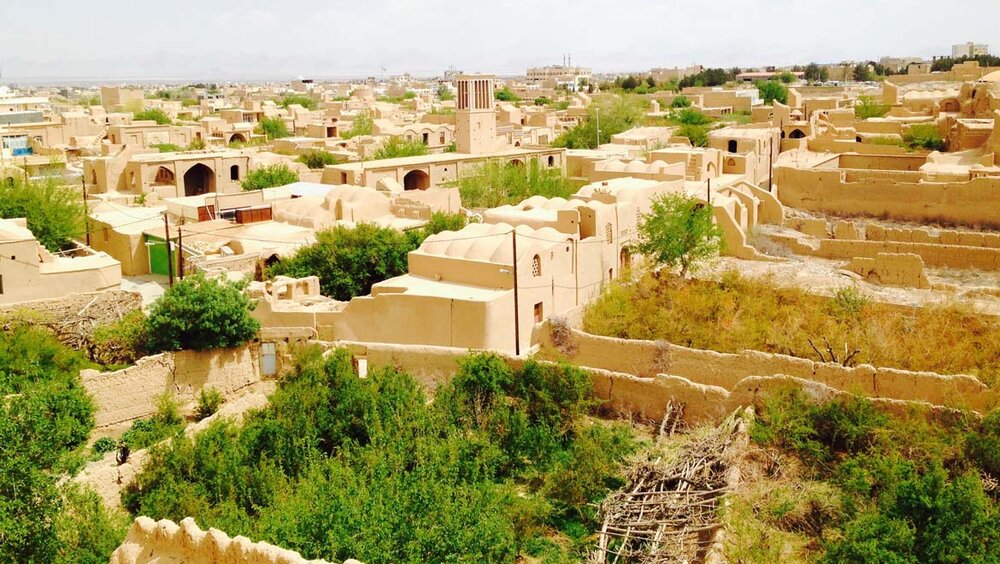Meybod: an oasis town with subterranean watermills

TEHRAN—The ancient city of Meybod, which is situated on the margins of a harsh desert in central Iran, has long been home to arrays of underground watermills.
Based on available data, Meybod embraces 22 historical watermills. Among the most notable ones is Asiab-e Mohammad-Abad, the double-stone watermill famed as an exemplary hydraulic structure created at a depth of 40 meters on a qanat corridor.
Named after a nearby village, the mill used to supply all flour requirements to communities around. Watermills, as their names imply, were connected to river flows, springs, qanats, or other water sources usually through man-made ditched canals.
Such mills typically feature dome-shaped roofs with high-enough vestibules to allow camels or other livestock to move back and forth with ease to convey grains or flour.
According to UNESCO, Meybod is a remarkable example of the viability and transmission of human beings’ collective thoughts from different generations to the present one.
“What is significant in the city of Meybod is the regularity in city planning. The anatomy and spatial structure of the city show original plans which conform with the old Iranian city planning.”
Iran is situated in an arid and semi-arid region where, due to the inequitable distribution of surface water, its people have been enduring extreme hardship to meet water demands for millennia.
Construction of dams, qanats (underground aqueducts), cisterns, and Yakhchals (ice houses) date back to ancient times in Iran to counter the fluctuation of yearly seasonal streams and ensure to have better conditions for the utilization of water.
AM
Leave a Comment